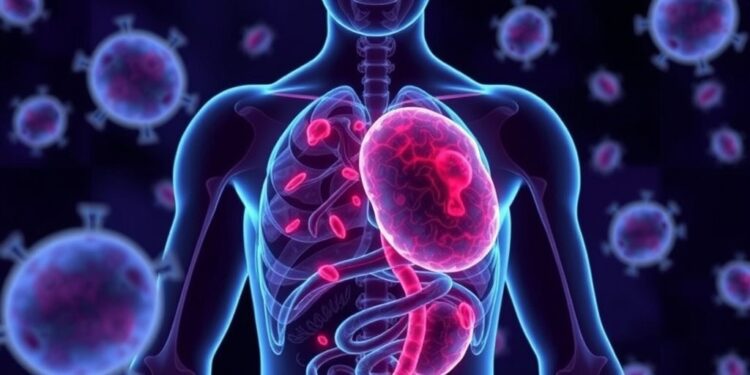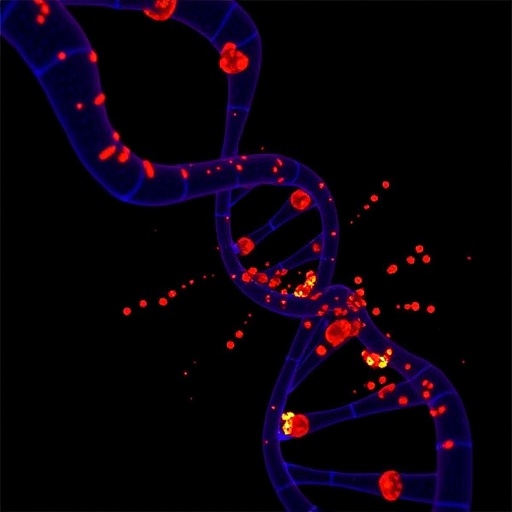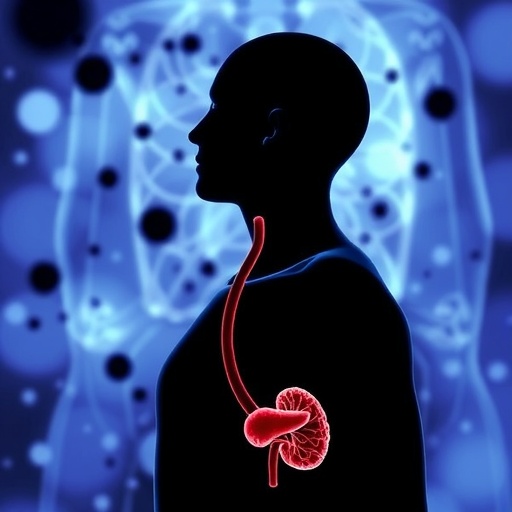Scientists are making groundbreaking strides in developing new cancer therapies by exploiting the body’s own fat cells. This innovative research comes from a team at the University of California, San Francisco (UCSF), where researchers have discovered a method to convert ordinary white fat cells into calorie-burning beige fat cells. This transformation allows the modified cells to consume excess nutrients, effectively starving cancer cells of the energy they need to proliferate.
The study introduces a novel approach where fat cells are manipulated using CRISPR gene-editing technology. Researchers targeted specific genes that are dormant in typical white fat but are active in brown and beige fat cells. By activating these genes, scientists were able to create “hungry” beige fat cells. The implications of this transformation are profound, particularly because these engineered cells have demonstrated a striking ability to outcompete five different types of cancer cells for available nutrients in laboratory experiments.
In traditional medical practices, procedures such as liposuction have long been utilized to remove fat cells from the body. This research illustrates a paradigm shift by showing that the same type of cells can be repurposed to serve therapeutic functions, thus representing a significant advancement in cellular therapy. By injecting these engineered beige fat cells into tumor areas, researchers found they could reduce tumor growth significantly. This method validates the potential for fat cells to be harnessed in the fight against cancer.
One particularly exciting facet of this research is the surprising versatility of beige fat cells. Even when implanted at distances away from tumors, these engineered fat cells managed to exert a significant influence on tumor growth. This distance factor opens the door to novel communication pathways between fat and tumor microenvironments, potentially allowing therapeutic strategies to target cancers that are difficult to reach surgically or through conventional therapies.
The researchers conducted extensive experiments, utilizing trans-well assays where cancer cells were placed in conjunction with the engineered fat cells to observe their interactions. The results indicated that the presence of beige fat cells led to a drastic reduction in the survival rates of the cancer cells. This consistent outcome across numerous trials provided a solid foundation for concluding that beige fat cells could effectively deprive various tumor types of necessary nutrients, including breast, colon, pancreatic, and prostate cancer cells.
Further investigations involved complex in vivo studies utilizing fat organoids—organized clusters of cells—to simulate the tumor environment more accurately. When scientists implanted the beige fat cells next to tumors in genetically predisposed mice, they witnessed compelling results: the engineered cells not only consumed nutrients but also significantly suppressed the growth of aggressive tumors. Notably, this effect was observed even in scenarios where the fat cells and tumors were not in direct contact, indicating a robust nutrient competition model that could be exploited in cancer treatment.
Additionally, the researchers explored the possibility of customizing these fat cells to specifically target certain nutrients favored by different cancer types. This was demonstrated in a case involving pancreatic cancer cells known to rely heavily on uridine when glucose is scarce. By programming the beige fat cells to preferentially consume uridine, the researchers confirmed that they could manipulate the environment to further tilt the balance against the cancer cells, laying the groundwork for personalized treatments that align with individual tumor metabolism.
The potential therapeutic applications for engineered fat cells extend beyond oncology. Their capacity to communicate with surrounding tissues and modulate various metabolic responses suggests that they could be designed for a myriad of clinical applications. For instance, these cells could potentially be engineered to release insulin in diabetic patients or to bind excess iron in conditions like hemochromatosis, showcasing their versatility and adaptability as biological agents.
What sets this research apart from conventional cancer treatments is its foundation in living cell therapy. Unlike traditional therapies that often rely on chemical agents with widespread side effects, this method offers a more natural, biocompatible approach to treating cancer through the patient’s own modified cells. This could lead to fewer adverse reactions and improved recovery outcomes, contributing to better quality of life for patients undergoing treatment.
Moreover, the research highlights the importance of further investigations into the basic biology of fat cells and their roles in metabolic regulation. As scientists delve deeper into understanding how these cells function and communicate within the body, they may uncover additional therapeutic potentials that could optimize the efficacy of engineered cell therapies. This could ultimately lead to innovative treatment modalities that harness the body’s inherent capabilities to combat diseases.
The implications of this research stretch beyond cancer alone; they signal a future where cell therapies could be tailored not just to specific diseases but also to individual patient needs. As technologies like CRISPR become more refined and the understanding of cellular interactions deepens, the horizon of medical treatments will expand, potentially transforming how chronic and complex diseases are approached across various fields of medicine.
In conclusion, the work being done at UCSF represents a significant leap forward in leveraging cellular engineering to combat cancer, with implications that go well beyond oncology. As this research continues to progress, the medical community stands on the brink of a new era in personalized medicine, where the very cells that once contributed to disease could be reprogrammed to promote health and healing.
Subject of Research: Engineered Fat Cells in Cancer Therapy
Article Title: How Hungry Fat Cells Could Someday Starve Cancer to Death
News Publication Date: February 4, 2021
Web References: UCSF News
References: Nature Biotechnology
Image Credits: UCSF
Keywords: Cancer therapy, beige fat cells, CRISPR, cellular therapy, metabolic regulation, personalized medicine, tumor suppression.
Tags: beige fat cells therapycellular therapy advancementsCRISPR gene-editing technologyenergy deprivation strategiesfat cell manipulation for cancerfat cell transformationinnovative cancer therapiesmetabolic reprogramming for cancer treatmentnutrient competition in cancerrepurposing fat cells for healthstarving cancer cellsUCSF cancer research





